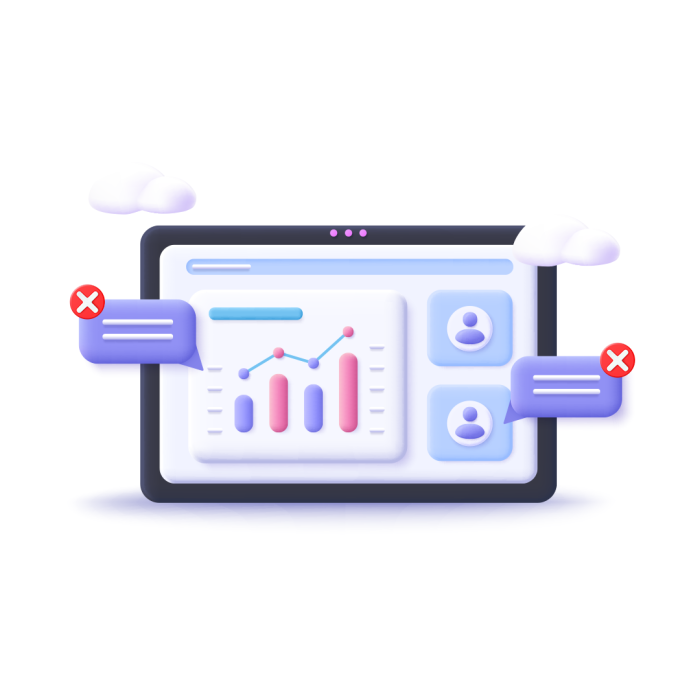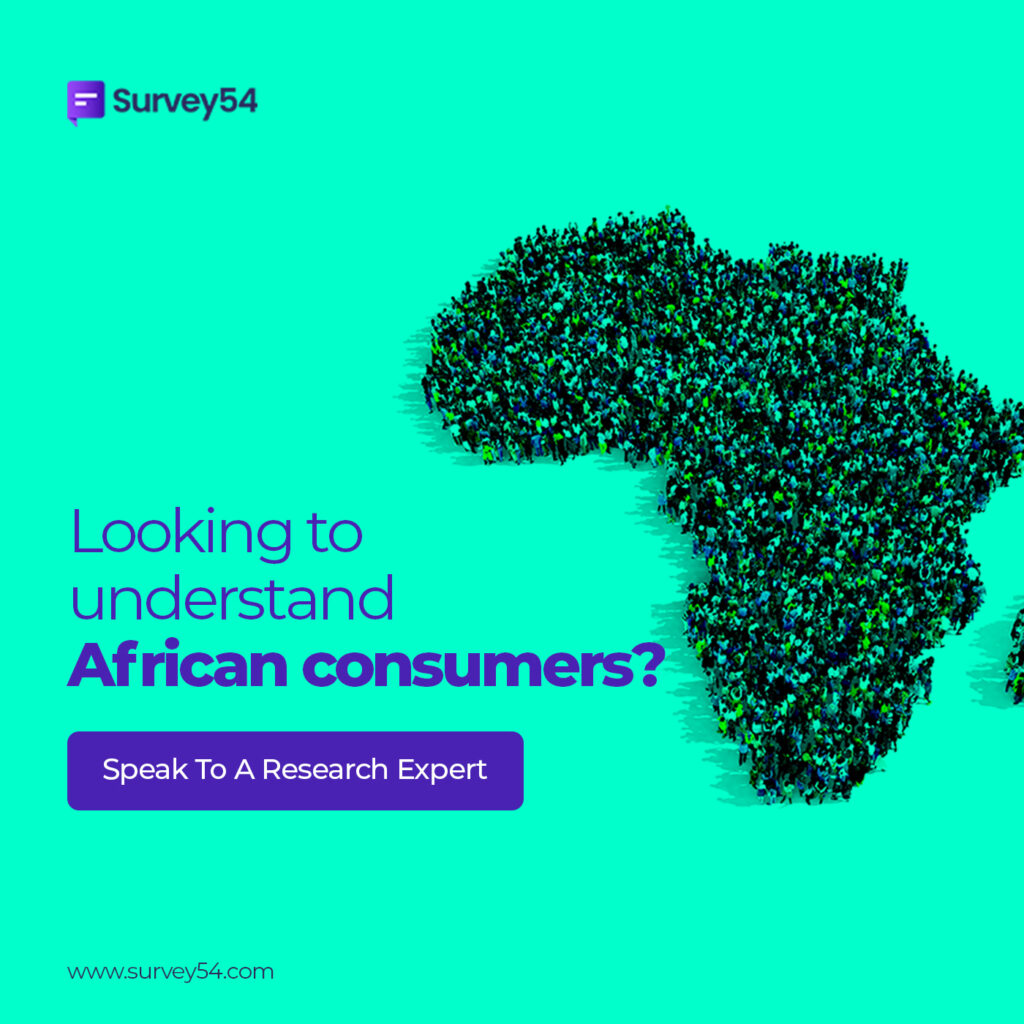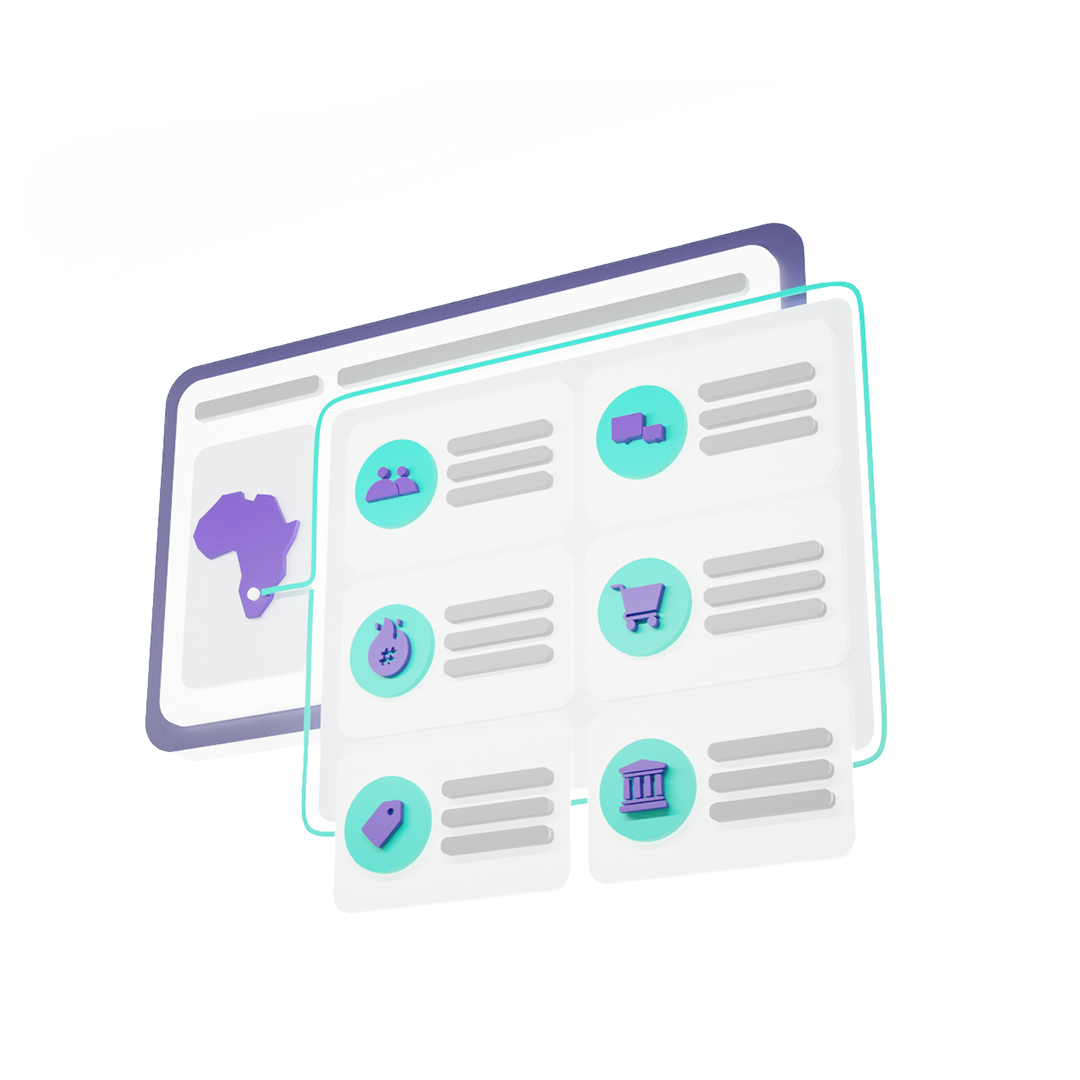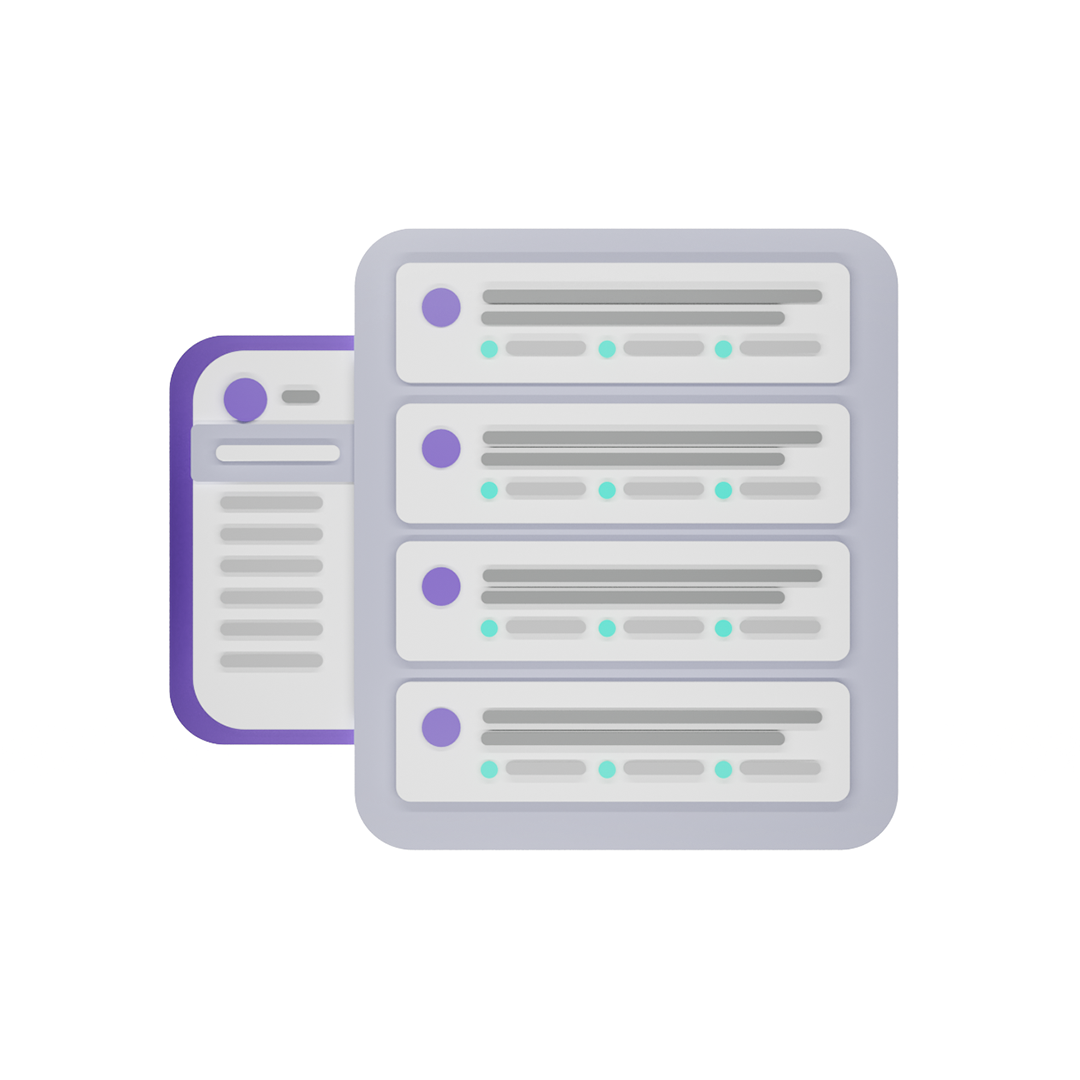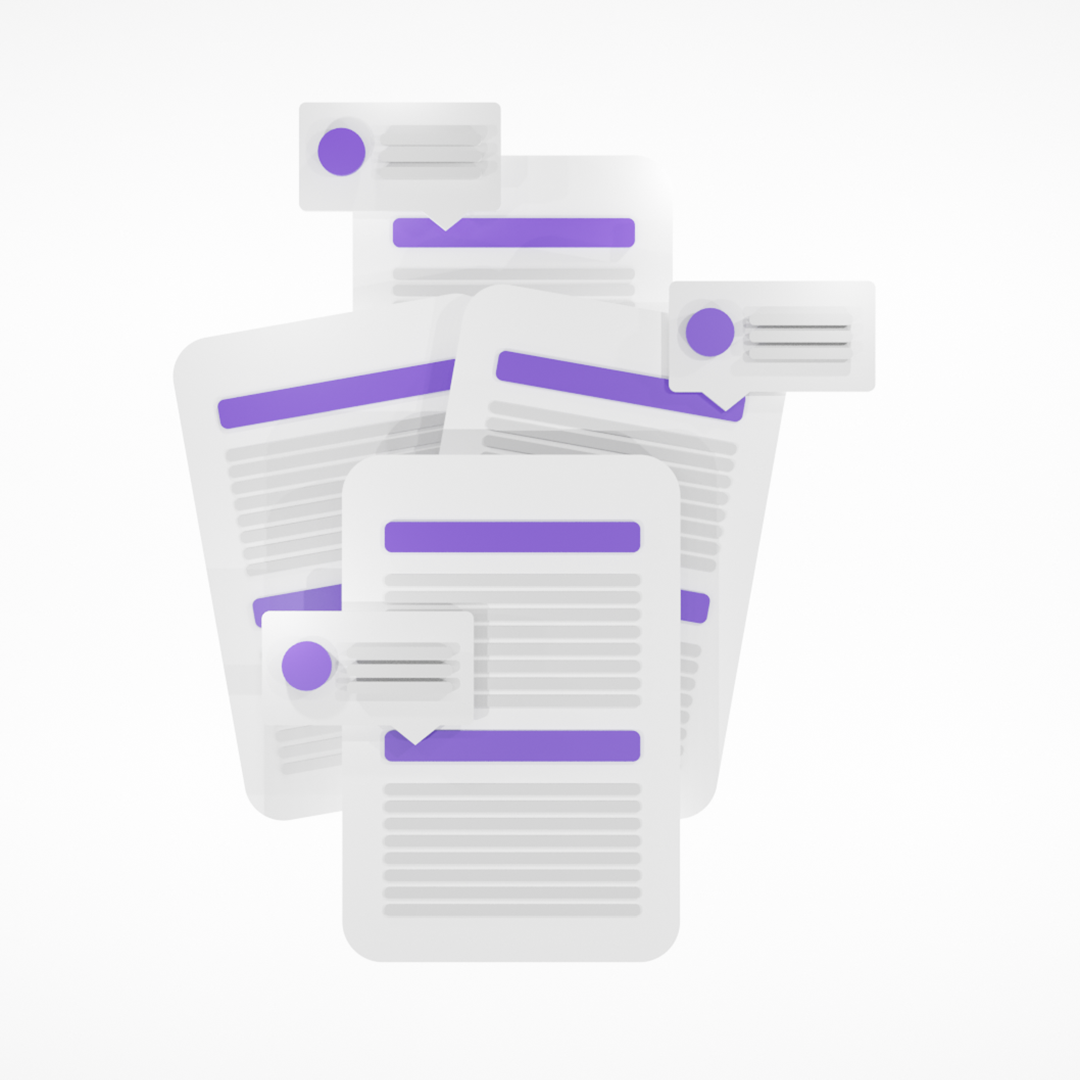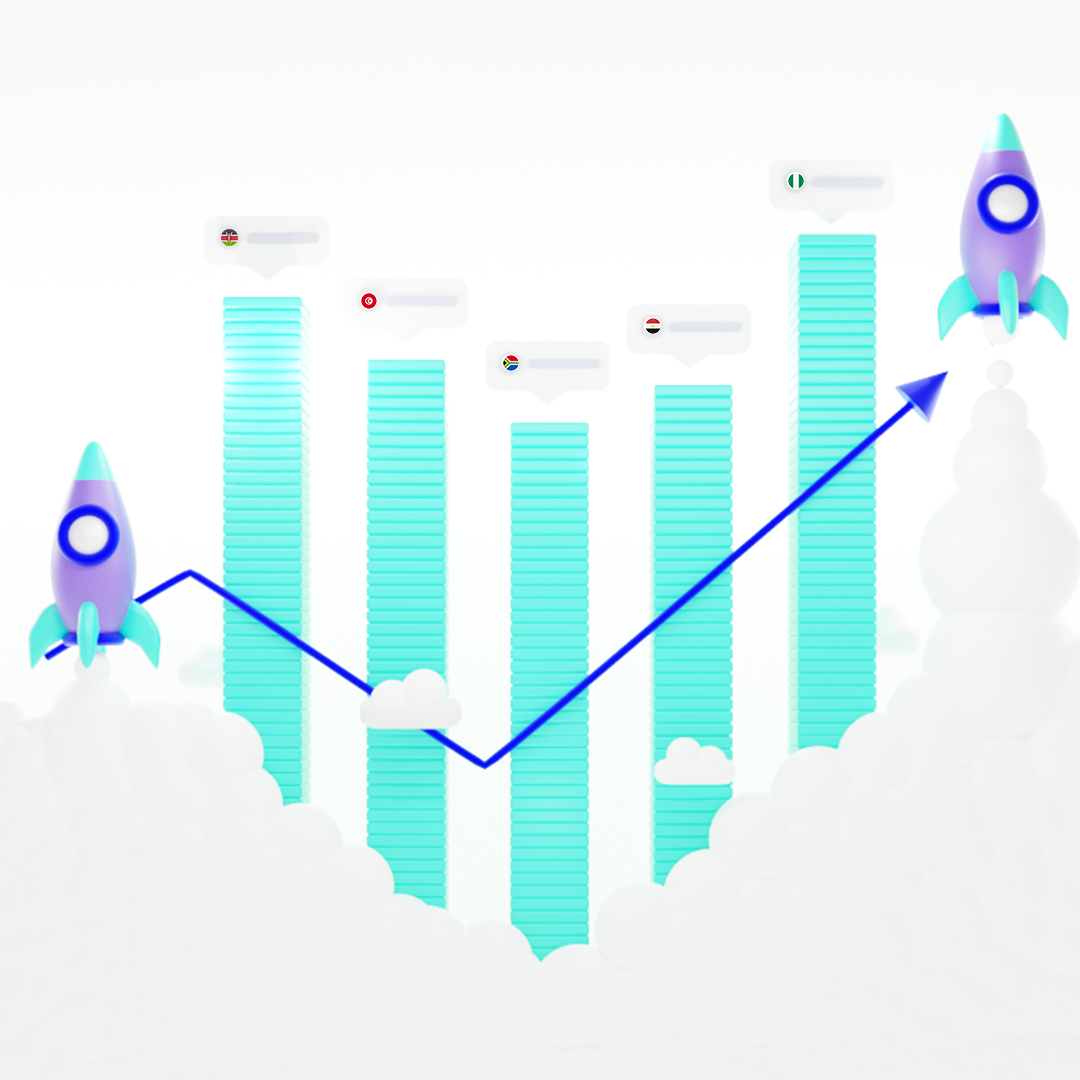In a previous blog, we discussed how to measure the effectiveness of ad messages on your business. For those who are still new to media measurement, however, it is essential to be aware of some all-too-common hazards.
If you want to study your campaign data weeks or months after your ads have run, you may want to stop reading now. However, if you’d rather study your campaign in flight, you’re in the right place!
Keeping this in mind, below is a list of the most common errors that business decision-makers are often guilty of…
Popular media measurement errors
1. Underestimating the significance of real-time reporting
Unfortunately, many agencies and brands conduct media campaigns and then expect a miracle to occur. We cannot emphasize enough how important it is to incorporate media measurement when developing your ad strategy; to make it a natural reflex; an integral part of every advertisement’s journey.
And it should not be shocking that measuring the effectiveness of a campaign while an advertisement is in circulation has the greatest influence. If you are paying for brand lift research, you must guarantee that it is effective. Therefore, be ready.
2. Attempting to prove yourself right
Some adopt the strategy of proving that their method succeeded and that they were right all along. Unsurprisingly, they wish to demonstrate that they have made prudent decisions. Seeing poor results may be daunting for any marketer, and it’s difficult to admit when a campaign is failing.
On these grounds, brand lift studies often frighten teams, particularly at advertising agencies. However, there must be an openness and willingness on all sides to accept – and even embrace – mistakes and find ways to improve collaboration and performance. Receiving feedback during your campaign allows you to make mistakes and swiftly remedy them, allowing you to remain competitive, stay relevant, and make more informed choices.
You can avoid media measurement errors today! Click to see how
We must recognize that advertising campaigns are not always effective and might quickly become obsolete. Some become unforgettable and give audiences nostalgic memories years after they are no longer on-Air. Real-time data allows you to immediately determine what is working and what is not. However, using brand lift surveys and media measurement, the data is presented in black and white.
In this approach, it is essential to avoid searching for a single, predetermined answer and instead remain open to the outcomes. Having predetermined expectations can result in prejudice. If you opt to instead follow where the evidence actually leads you, you can make decisions based on concrete facts, as opposed to abstract notions or preconceived notions. You must adjust your perspective and regard mistakes as important learning opportunities and chances to grow and progress.
3. Not stopping ‘tone-deaf’ communication
Consumer behavior and perception change drastically and rapidly. Today, it appears, this is truer than ever. From the Covid pandemic to the current cost of living crisis and everything in between, it might feel like a full-time effort to stay up with what consumers want or feel. It is essential, however, to ensure that your communications remain acceptable by keeping abreast of the context at all times.
Nor is it prudent to make an excessive number of assumptions about your target audience. Oftentimes unsuspected audiences crop up. Consider fashion and beauty trends as an example. These can change in an almost cyclical manner.
You can avoid media measurement errors today! Click to see how
As such, strive to be inclusive. You may discover that your marketing appeals to an unanticipated demographic, generation, or gender.
And if anything does go wrong — because errors do occur — be proactive in determining why. It might be something as easy as a typo in the creative, or that the context has changed and attitudes have evolved.
4. Being too careful
It is also crucial to realize that not all risks are negative. By assessing the performance of campaigns in flight, you can optimize and take calculated risks. Remember in 2018 when KFC ran out of chicken? By poking fun at itself, the company converted potentially damaging press into a positive. Well-executed humor is one of the most effective methods to engage consumers. And media measurement technologies can facilitate risk-taking.
Furthermore, it is undeniable that people recall advertisements that elicit a strong emotional response. Creating a sense of joy across various channels is, of course, not easy, but you should not always cling to what feels secure.
5. Setting too many KPIs and failing to maintain focus
After all is said, there is a risk associated with insufficient concentration. While it is acceptable to monitor many KPIs, it is recommended to focus on one or two for each campaign.
Prioritize your goals and remain constant in your pursuit of them. It’s acceptable to measure as much as possible, but maintain one or two essential KPIs at the forefront of campaign design and execution, and avoid a haphazard strategy.
6. Not thinking long term
We must also acknowledge that some KPIs, such as brand awareness, are not necessarily accompanied by quick outcomes. Nonetheless, efforts that are memorable and influential can have lasting effects. Popular campaign slogans like “Molo Mhlobo wam” by Telkom, Dettol’s “If I don’t take care of them, who will?”, “Reach for greatness” by Guinness, and Tusker Lager’s “We men, Women” are a few of many iconic taglines in Africa. The most effective advertisements do not necessarily yield immediate results. However, many disregard this in their haste to demonstrate impact. Great campaigns are enduring and iconic, and they provide immense value to a brand.
You can avoid media measurement errors today! Click to see how
Today, marketing teams have access to innovative, cross-platform methods of engaging with customers, as well as tools that enable them to measure the impact in both the short and long term. Indeed, this is an exciting time to be in the industry, especially given the continent-wide expansion of the content creation sector. Consequently, if firms get it right, there will be a massive influx of activity and astronomical success.
Conclusion
The method by which businesses measure the impact of their media campaigns on their target audience is a critical component of getting it right. It is vital to explain that doing this internally will not yield the desired outcome. For best results, delegate this task to industry experts.
Survey54’s audience measurement was created to address this specific issue. The Audience measurement solution allows you to track what your radio and television audiences are consuming in real time, allowing you to justify Ad ROI and design effective campaigns.
Our self-serve dashboard is customized to suit your business features and needs, providing you with reliable insights at the push of a button.
Want to learn more about what Survey54’s audience measurement can do for your brand? Contact our team at info@survey54.com

